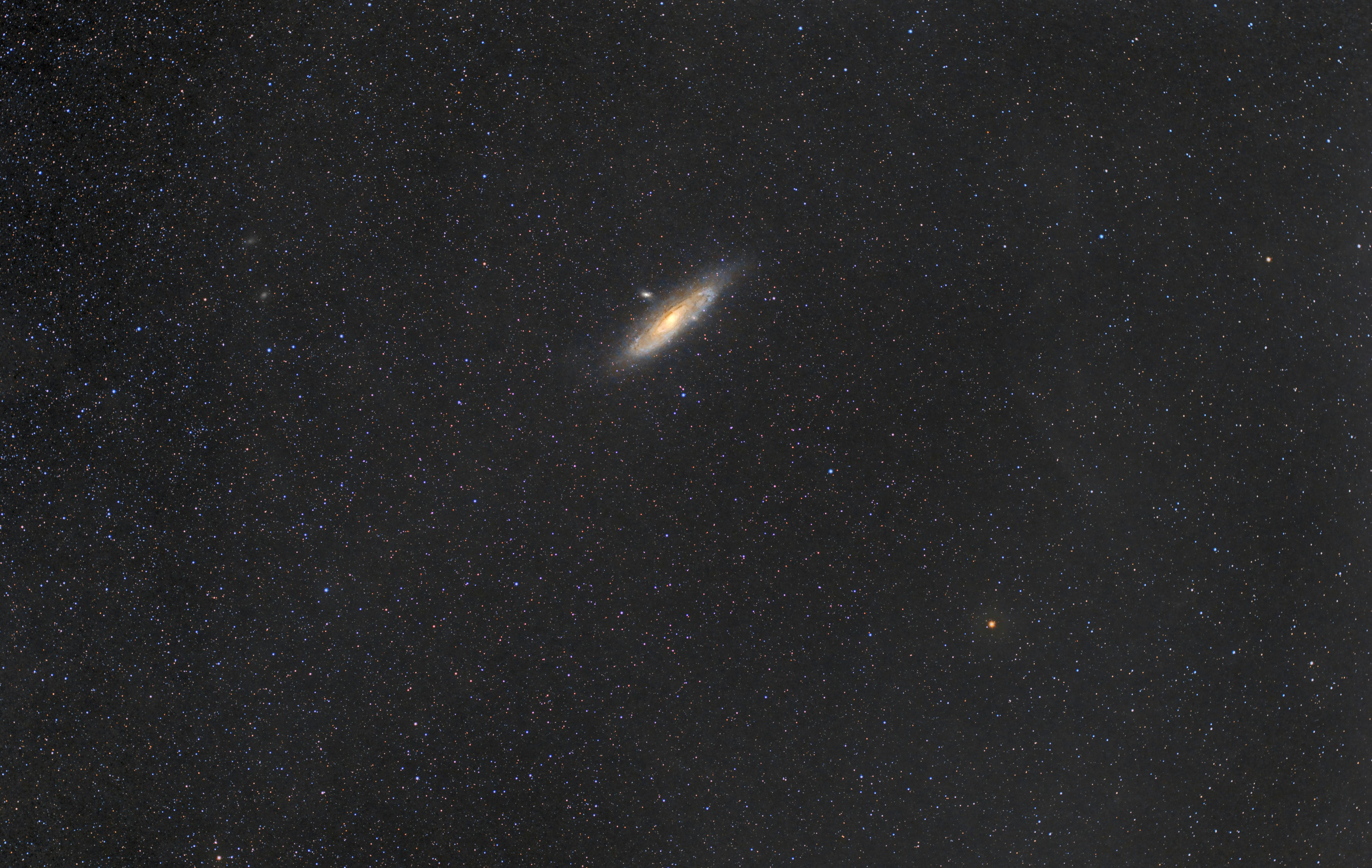In the realm of contemporary cinema, few films have managed to fuse the intricate complexities of scientific exploration with the profound depths of human emotion as seamlessly as Christopher Nolan‘s “Interstellar.” This cinematic masterpiece not only ventures into the vast expanse of space and time but also delves into the core of human relationships, crafting a narrative that is as intellectually stimulating as it is emotionally resonant. By intricately weaving theoretical physics with the timeless themes of love, sacrifice, and survival, “Interstellar” transcends traditional genre boundaries, offering viewers an experience that is both cerebral and heartfelt. This article seeks to dissect the film’s dual narrative strands, exploring how Nolan’s deft storytelling and scientific rigor coalesce to create a work that challenges our understanding of the universe and our place within it, while simultaneously touching the very essence of what it means to be human.
Exploring the Scientific Foundations of Interstellars Narrative
The film Interstellar masterfully intertwines the vast, complex realms of astrophysics with the poignant, intimate emotions of human relationships. This blend is achieved by rooting its narrative in scientifically plausible concepts while simultaneously exploring the depths of human resilience and love. The film’s portrayal of black holes, time dilation, and wormholes is not mere science fiction; it’s based on the work of renowned physicist Kip Thorne, who served as a consultant to ensure the film’s accuracy. Such dedication to scientific authenticity enhances the film’s credibility and immerses the audience in a universe where the boundaries between science and emotion blur.
Key scientific elements in Interstellar’s narrative include:
– Time Dilation: The profound emotional impact of time passing differently on distant planets, amplifying the sacrifices made by the characters.
- Black Holes and Wormholes: These are depicted with stunning visual accuracy, serving as both literal and metaphorical gateways.
– Gravitational Theory: The narrative leverages gravitational anomalies as a crucial plot device, grounding the story in the plausible yet awe-inspiring possibilities of future space exploration.
By integrating these scientific concepts, Interstellar doesn’t just entertain; it provokes thought and evokes a profound emotional response, inviting viewers to ponder the limitless potential of both human ingenuity and love.

The Role of Human Emotion in Elevating Scientific Concepts
In “Interstellar,” the seamless fusion of scientific rigor with the depth of human emotion creates a compelling narrative that transcends traditional sci-fi boundaries. The film doesn’t just present scientific concepts such as wormholes, relativity, and black holes; it embeds them within the fabric of human experiences, making these complex ideas more accessible and emotionally resonant. This approach underscores how human emotions can enhance the understanding and appreciation of scientific phenomena. The emotional arcs of the characters—ranging from the bond between Cooper and his daughter Murph to the existential dilemmas faced by astronauts—serve as powerful catalysts for engaging with the science at the story’s core.
- Emotional Connectivity: By rooting scientific concepts in personal and emotional stakes, the film encourages audiences to explore these ideas more deeply.
- Relatability: The narrative’s emotional dimensions make abstract scientific theories relatable and memorable.
- Engagement: Emotional storytelling fosters a greater level of audience engagement, prompting viewers to ponder the science long after the credits roll.
This strategic intertwining of emotion and science not only elevates the storytelling but also enriches the audience’s intellectual and emotional journey, demonstrating the profound impact of human emotion in elevating scientific narratives.

Analyzing the Balance Between Fiction and Scientific Accuracy
In Christopher Nolan’s “Interstellar,” the intricate dance between scientific accuracy and the art of storytelling creates a tapestry that captivates both the mind and heart. The film’s commitment to authenticity is evident through its collaboration with physicist Kip Thorne, which ensures that the depiction of wormholes and black holes is grounded in real scientific theories. Nolan’s dedication to scientific detail doesn’t overshadow the narrative but rather enhances the viewer’s experience, offering a glimpse into the vastness of space without losing sight of the human elements that drive the story.
- Wormholes and Black Holes: By accurately visualizing these cosmic phenomena, the film educates viewers on complex astrophysical concepts while maintaining dramatic tension.
- Time Dilation: The portrayal of time dilation serves not only as a plot device but also as a profound metaphor for the relativity of human experience and relationships.
- Emotional Storytelling: Interstellar’s emotional core is anchored by the characters’ personal journeys, ensuring that the science never feels detached from the narrative.
By blending rigorous scientific principles with deeply emotional storytelling, “Interstellar” achieves a balance that few science fiction films manage. This equilibrium allows it to resonate on multiple levels, engaging audiences who crave both intellectual stimulation and emotional depth. The film stands as a testament to the idea that scientific accuracy and compelling storytelling are not mutually exclusive but can coexist to create a richer, more immersive cinematic experience.

Recommendations for Filmmakers Integrating Science and Emotion
To effectively integrate science with emotion in filmmaking, creators can take cues from ”Interstellar,” which masterfully intertwines complex scientific concepts with deeply resonant human experiences. Prioritize authenticity by ensuring that scientific elements are accurate and grounded in real theories. This approach not only enhances credibility but also allows the audience to fully immerse themselves in the narrative without being distracted by inaccuracies.
- Engage expert consultants: Collaborate with scientists and researchers to ensure that the depiction of scientific phenomena is both accurate and accessible.
- Develop relatable characters: Characters should have emotional arcs that resonate with the audience, allowing viewers to connect with the story on a personal level.
- Balance complexity with clarity: Use storytelling techniques such as visual metaphors or simplified explanations to make complex ideas more digestible without oversimplifying.
- Focus on universal themes: Themes like love, sacrifice, and survival are universal, helping to bridge the gap between abstract scientific concepts and the audience’s emotional understanding.
By following these strategies, filmmakers can craft narratives that not only educate but also evoke powerful emotional responses, much like the unforgettable journey through space and time depicted in ”Interstellar.”









